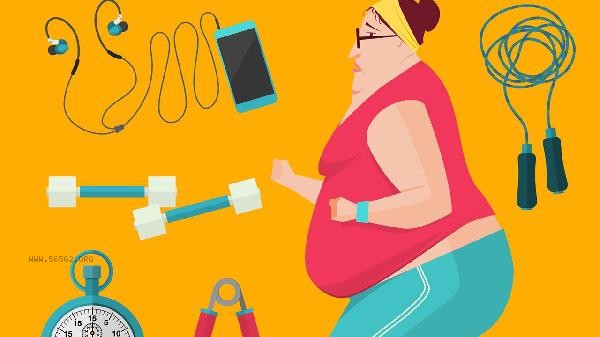168 light fasting is a method of helping with weight loss by controlling the eating time window. Proper implementation requires a combination of scientific diet and lifestyle adjustments. The main points include arranging eating windows reasonably, ensuring balanced nutrition, avoiding high calorie foods, cooperating with moderate exercise, monitoring body reactions, etc.

1. Reasonably arrange the eating window
Control the daily eating time within 8 hours, for example, choose to eat from 10am to 6pm, and only drink water or sugar free drinks for the remaining 16 hours. The feeding window should be fixed to stabilize the metabolic rhythm and avoid arbitrarily prolonging or shortening the time, which may cause gastrointestinal dysfunction. During the initial adaptation period, hunger may occur, which can be transitioned by gradually shortening the feeding window.
2. Ensure nutritional balance
During meals, it is necessary to consume sufficient amounts of high-quality protein such as eggs and fish, paired with compound carbohydrates such as oats, brown rice, and a large amount of green leafy vegetables. Each meal should contain three major nutrients to avoid malnutrition caused by a single diet. Moderate supplementation of vitamin and mineral preparations can be used to prevent micronutrient deficiencies.
3. Avoid high calorie foods
It is forbidden to overeat or consume high calorie, low nutrient density foods such as fried foods and desserts at the eating window. It is recommended to use low oil cooking methods such as steaming and stewing to control the daily total calorie intake at around 1.2 times the basal metabolic value. Keeping a food diary can help with self-monitoring.

4. Moderate Exercise
During fasting, low-intensity aerobic activities such as brisk walking and yoga can be performed, and strength training can be scheduled 2 hours after eating. It is recommended to avoid the late stage of fasting during exercise to avoid the risk of hypoglycemia. Exercise 3-5 times a week for no more than 60 minutes each time to enhance weight loss and protect muscle mass.
5. Monitor physical reactions
Regularly measure indicators such as body fat percentage and waist circumference, and pay attention to energy status and sleep quality. If there is persistent discomfort such as dizziness and fatigue, the fasting duration should be adjusted or medical examination should be sought. Patients with diabetes, pregnant women and other special groups need to be guided by doctors.

During the 168 fasting period, it is recommended to maintain a daily intake of 2000 milliliters of water, which can be supplemented with light tea or black coffee to suppress appetite. Long term implementers recommend returning to a normal diet every 2-3 months for one week to avoid a decline in metabolic adaptability. The weight loss effect varies from person to person and needs to be accompanied by regular sleep and stress management. Relying solely on fasting may lead to a decrease in basal metabolic rate. Stop immediately and seek professional guidance when there are signs of menstrual disorders, hair loss, etc.








Comments (0)
Leave a Comment
No comments yet
Be the first to share your thoughts!